Our X-Ray Universe: Amazing Photos by NASA's Chandra X-Ray Observatory
Youngest Exploding Star Discovered
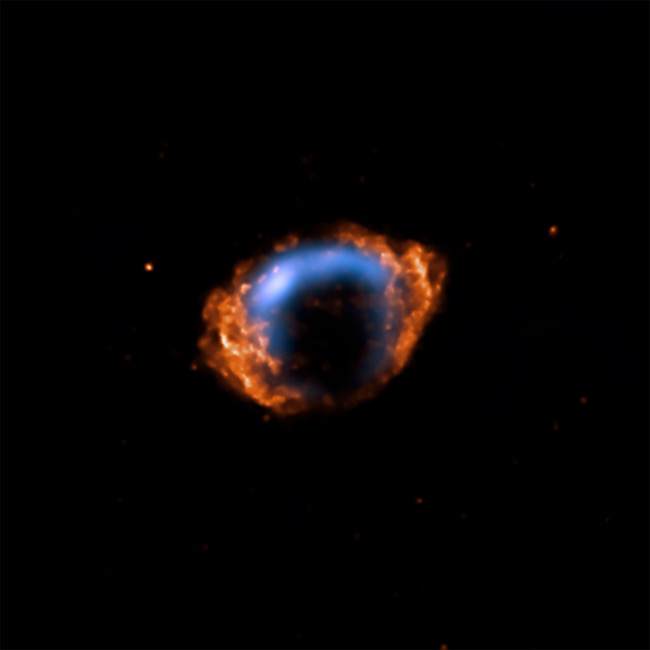
The remnant known as G1.9+0.3 (shown here) came from the most recent supernova in our galaxy. To determine the age of the stellar explosion, astronomers tracked how quickly the remnant was expanding, by comparing a radio image from 1985 (blue) to an X-ray image taken in 2007 (orange).
Galaxy's Ghostly Arms Finally Explained
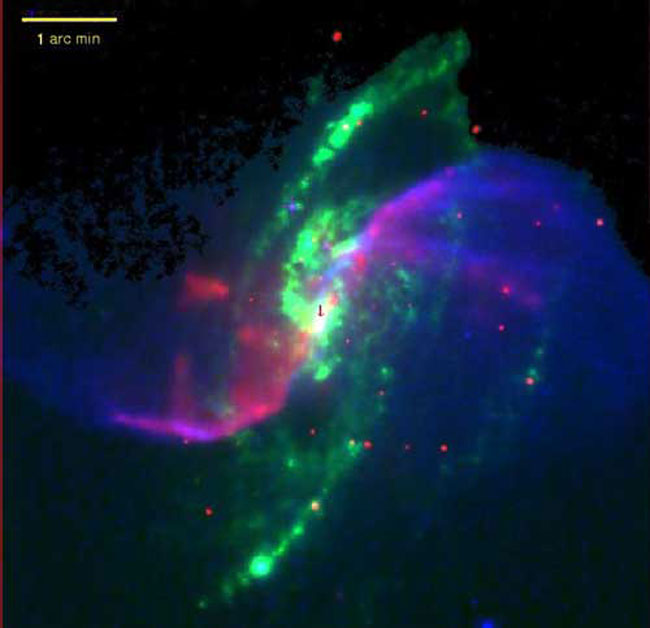
In this composite image of spiral galaxy M106, optical data is shown as yellow, radio data from the Very Large Array appears as purple, X-ray data from Chandra is coded blue and infrared data from the Spitzer Space Telescope appears red. The anomalous arms appear as purple and blue emission.
On 10th Birthday, Chandra Spies Stellar Explosion
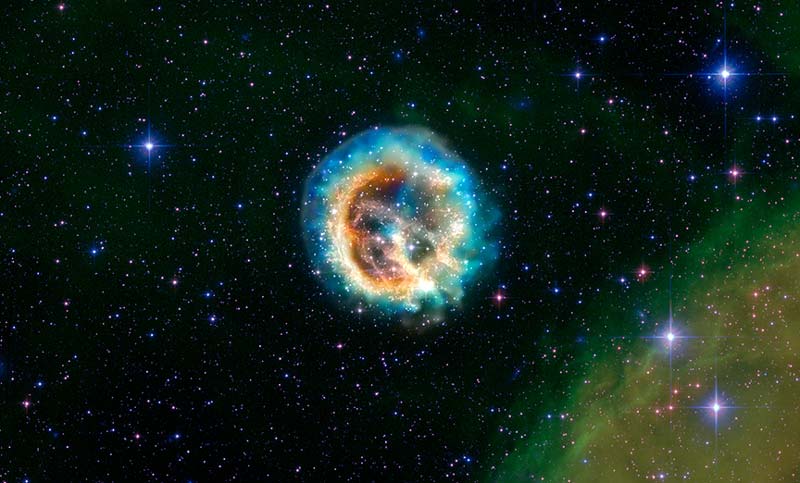
This composite image of X-ray and optical data shows the remnant of supernova 1E 0102.2-7219, about 190,000 light-years away in the Small Magellanic Cloud.
Arp 147 galaxies
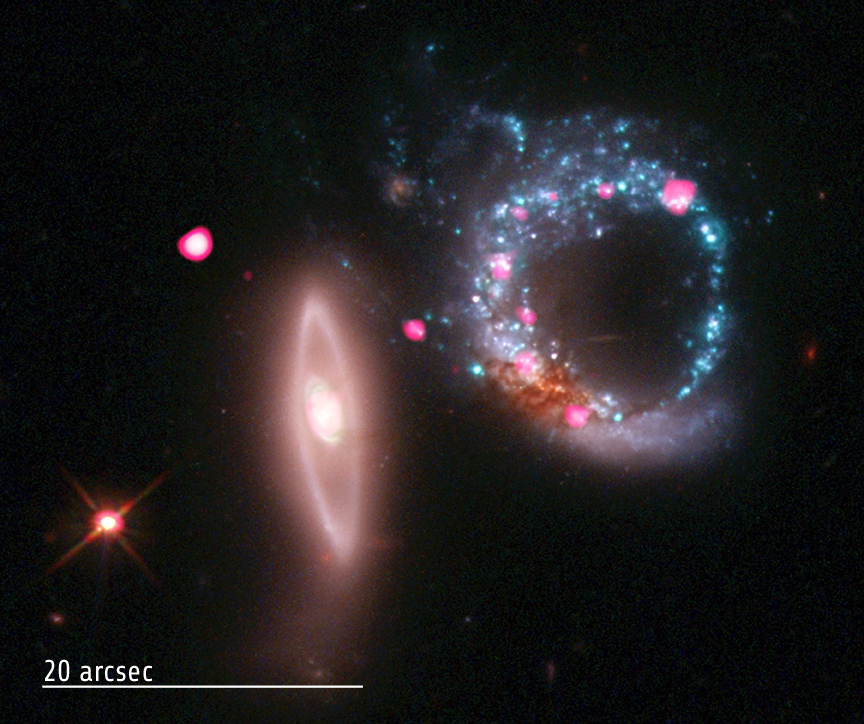
This image of the two galaxies that form Arp 147 shows a vast cosmic ring of stars (blue) and black holes (pink) as seen by the Chandra X-ray Observatory and Hubble Space Telescope. Another galaxy is also visible (vertical at left), as well as a bright star and quasar (pink object at upper left). This image was released on Feb. 9, 2011.
Colossal Cosmic Collision Reveals Mysterious Dark Matter
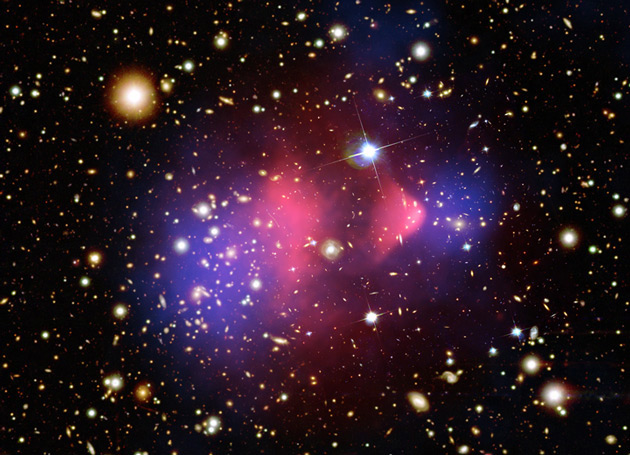
Hot gas detected by Chandra in X-rays is seen as two pink clumps that contain most of the normal matter in the two clusters. The bullet-shaped clump on the right is hot gas from one cluster, which passed through the hot gas from the other larger cluster. Other telescopes were used to detect the bulk of the matter in the clusters, which turns out to be dark matter (highlighted in blue).
Black Hole Belts Out Discordant Musical
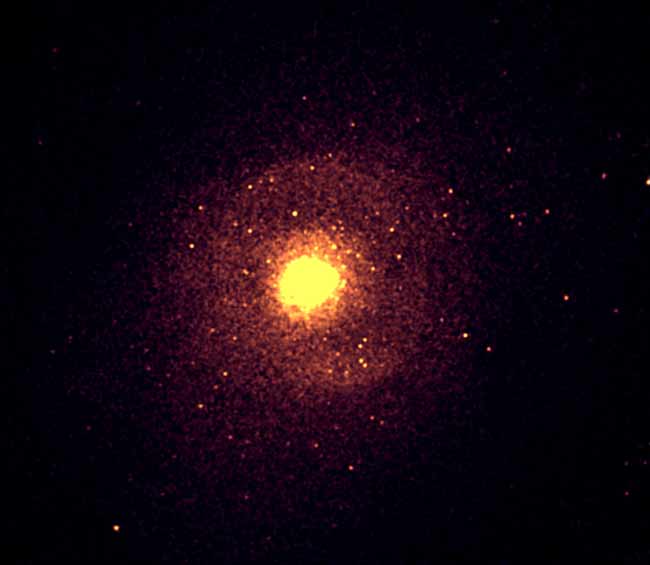
This Chandra image of M87 shows high energy X-rays. The faint, outer ring is about 85,000 light years across and gives an unambiguous signature of a weak shock wave (like a sonic boom) generated by an outburst from the supermassive black hole at the center of M87. The properties of the shock, including the change in temperature and density in the gas, are consistent with classical physics. The bright yellow, inner ring may be the gas just outside the "piston" that is powering the shock further out, and the ring in the middle was probably produced by another outburst.
Scientists Discover Stellar Bombs with Short Fuses
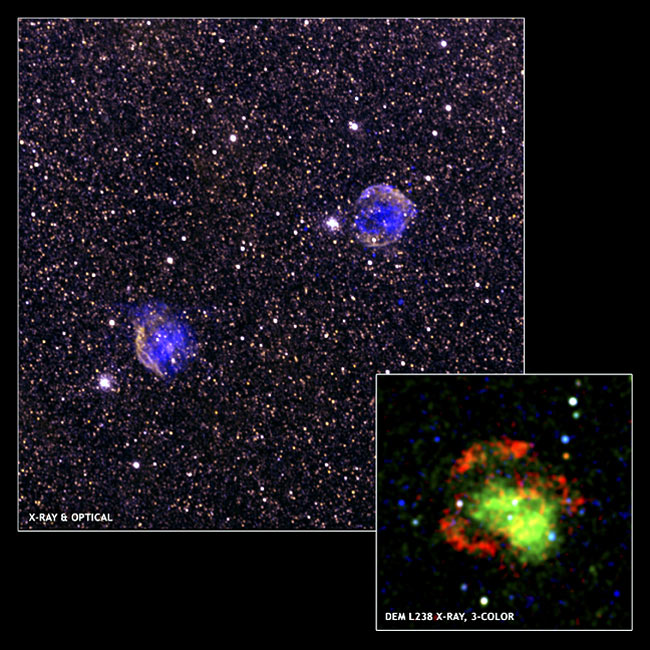
EM L238 and DEM L249 are two supernova remnants in the Large Magellanic Cloud. X-ray data from NASA's Chandra and ESA's XMM-Newton observatories suggest that the stars responsible for these debris fields were unusually young when they were destroyed by thermonuclear explosions.
Get the Space.com Newsletter
Breaking space news, the latest updates on rocket launches, skywatching events and more!
Supersonic Cosmic Winds Collide in Rare Scene
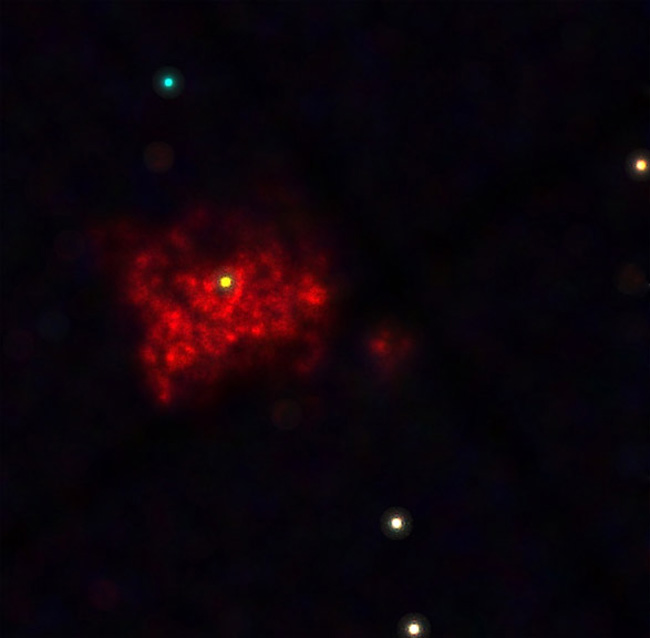
A Chandra X-ray Observatory close-up on HD 5980 - the star (in yellow) is surrounded by the remnants of a supernova explosion (in red). Credits: NASA/CXC/ Nazé et al.
Slow-spinning Pulsar SXP 1062
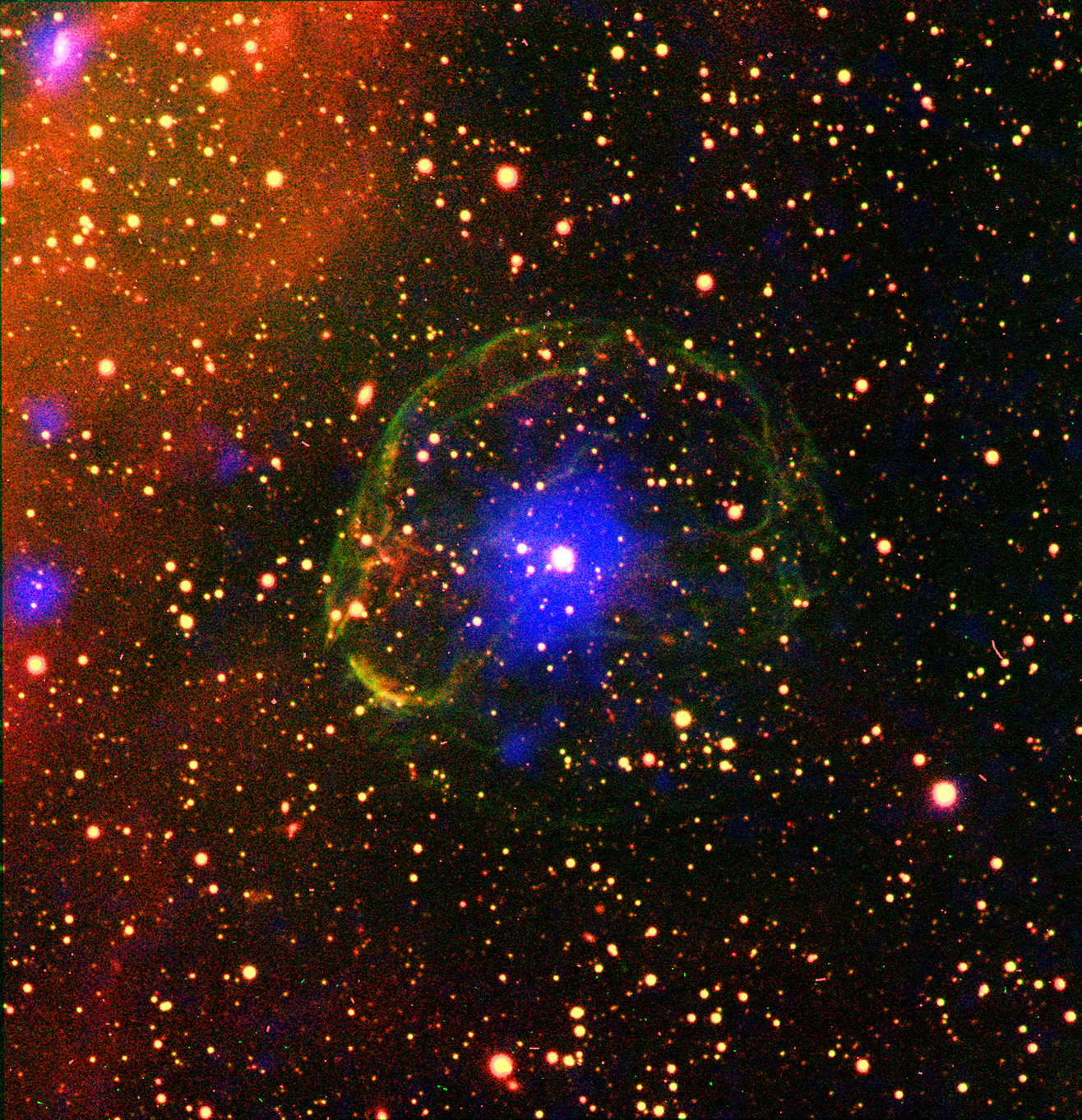
The slow-spinning X-ray pulsar SXP 1062 shines brightly from within the shell of gas and dust rushing away from the supernova that formed it.
Extreme Energy Burst Detected by Chandra Telescope
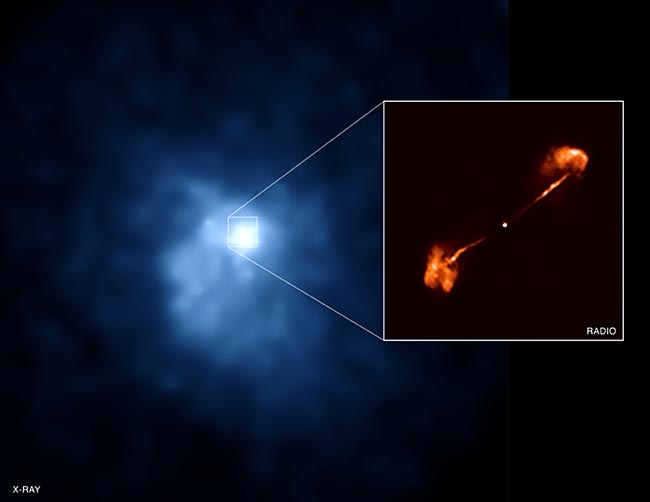
An X-ray image of the galactic cluster 3C438, with inset showing a powerful radio galaxy.
Join our Space Forums to keep talking space on the latest missions, night sky and more! And if you have a news tip, correction or comment, let us know at: community@space.com.

Space.com is the premier source of space exploration, innovation and astronomy news, chronicling (and celebrating) humanity's ongoing expansion across the final frontier. Originally founded in 1999, Space.com is, and always has been, the passion of writers and editors who are space fans and also trained journalists. Our current news team consists of Editor-in-Chief Tariq Malik; Editor Hanneke Weitering, Senior Space Writer Mike Wall; Senior Writer Meghan Bartels; Senior Writer Chelsea Gohd, Senior Writer Tereza Pultarova and Staff Writer Alexander Cox, focusing on e-commerce. Senior Producer Steve Spaleta oversees our space videos, with Diana Whitcroft as our Social Media Editor.









